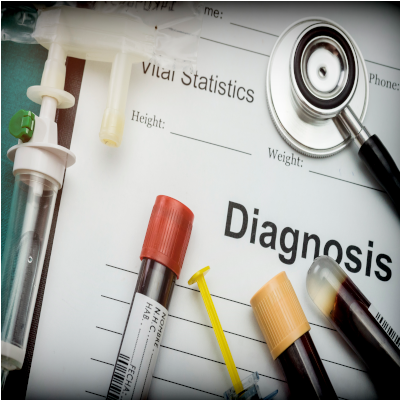The laboratory team of the 3M clinical terminology group is in its 18th year of providing laboratory terminology consulting to the public. In the beginning, a client said the phone consults reminded them of Peter Falk’s Columbo character in the American crime drama television series: his catchphrase was “Just one more thing” as he solved murder mysteries for the Los Angeles Police Department. In our case, I used to start by asking, “Does your facility use standardized codes?” The answer was always yes, which didn’t get me anywhere in the conversation, as we were actually thinking of different levels of specificity. So we’d ended up asking another question, then another and another … “Just one more thing!” 
From the customer’s perspective, laboratory assays have always had standardized coding applied to them for reimbursement. CPT® codes, established and maintained by the American Medical Association, are attached at the order level of each assay or panel of assays. There would be a CPT code assigned to electrolytes panel, and a different CPT code attached to a solo potassium order. The CPT coding system doesn’t identify analytes or method of performance of a test very well; the use case is based on workload. For example, there’s only a handful of CPT codes for allergen testing, but a more specific clinical terminology system that specifically identifies the “who, what, when, where and why” would have many more codes, such as indicators for IgE vs IgG vs IgG4 allergens.
For laboratory tests, the standard for clinical terminology (as opposed to standards used for claims and reimbursement) is Logical Observations Identifiers Names and Codes (LOINC). It currently has more than 4,000 listings for testing allergens, among the more than 60,000 laboratory items in its database (the latest release has more than 100,000 items). There are separate LOINC terms for qualitative (RAST class) versus quantitative reporting (kIU/L values). In contrast, CPT only offers a small handful of IgG or IgE terms, for qualitative or quantitative values.
In helping our clients map their laboratory tests to LOINC, I learned to ask better questions and be more succinct, as well as to make sure the right audience was present. While laboratorians have the technical foundation to be able to work with the LOINC terminology after training, they aren’t necessarily tasked with it. This seems to be more of an IT department project that leans on laboratory science. I also learned to have accompanying visuals to help the listener understand fundamental LOINC concepts. We learned the exact pieces of information to be extracted from the laboratory information system (LIS) and provided the list to the IT department. They didn’t know how to code to LOINC, but they knew how to mine the data for the required pieces.
Learning to ask the right questions and engage with the right people over the years has led to many successful partnerships with our clients in projects mapping their laboratory tests to LOINC. While perhaps not as dramatic as Colombo’s experiences, it’s exciting to see data standardization across the country as more and more laboratories adopt LOINC.
The post The importance of communication: Laboratory terminology perspective appeared first on Inside Angle.


